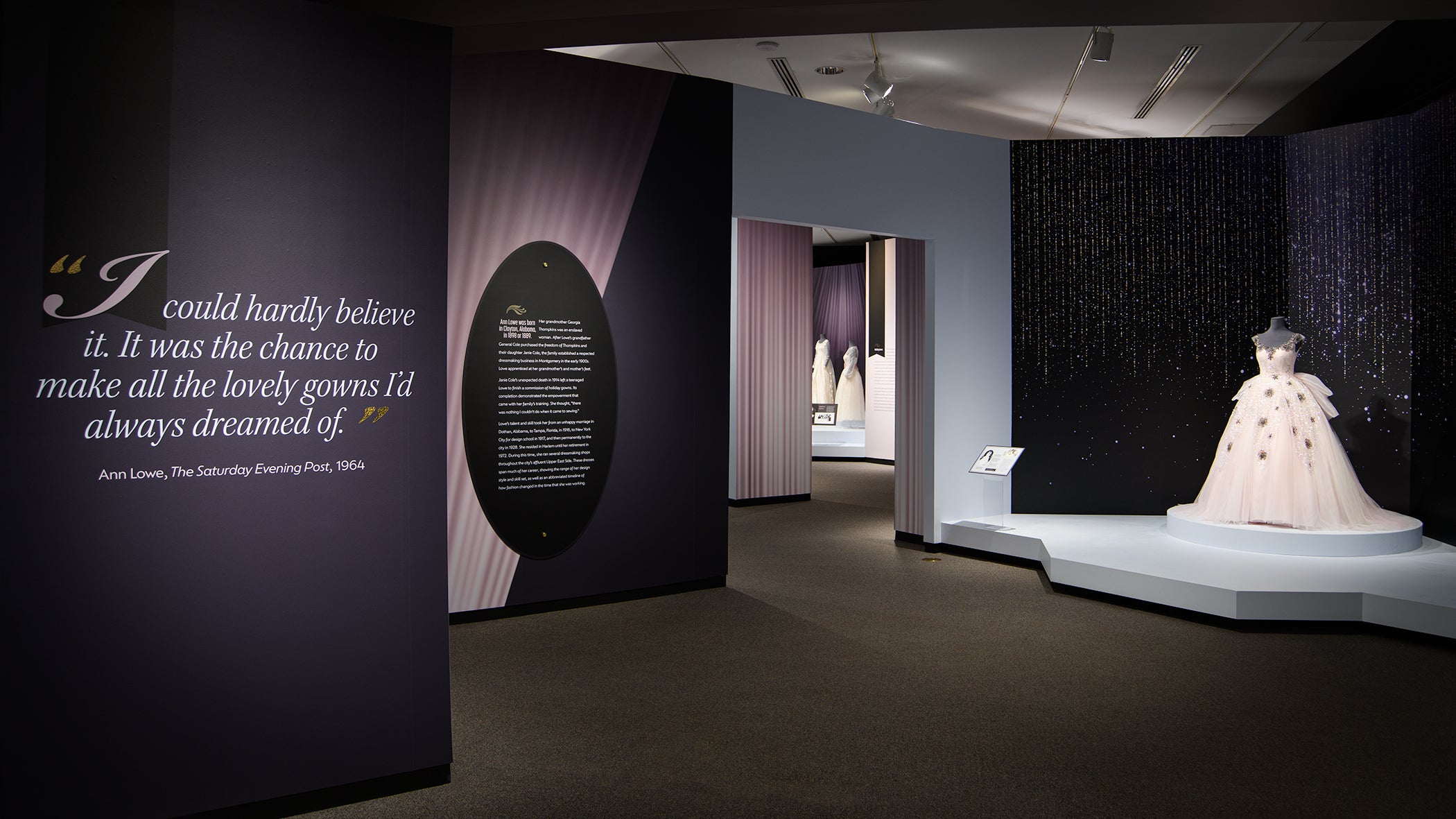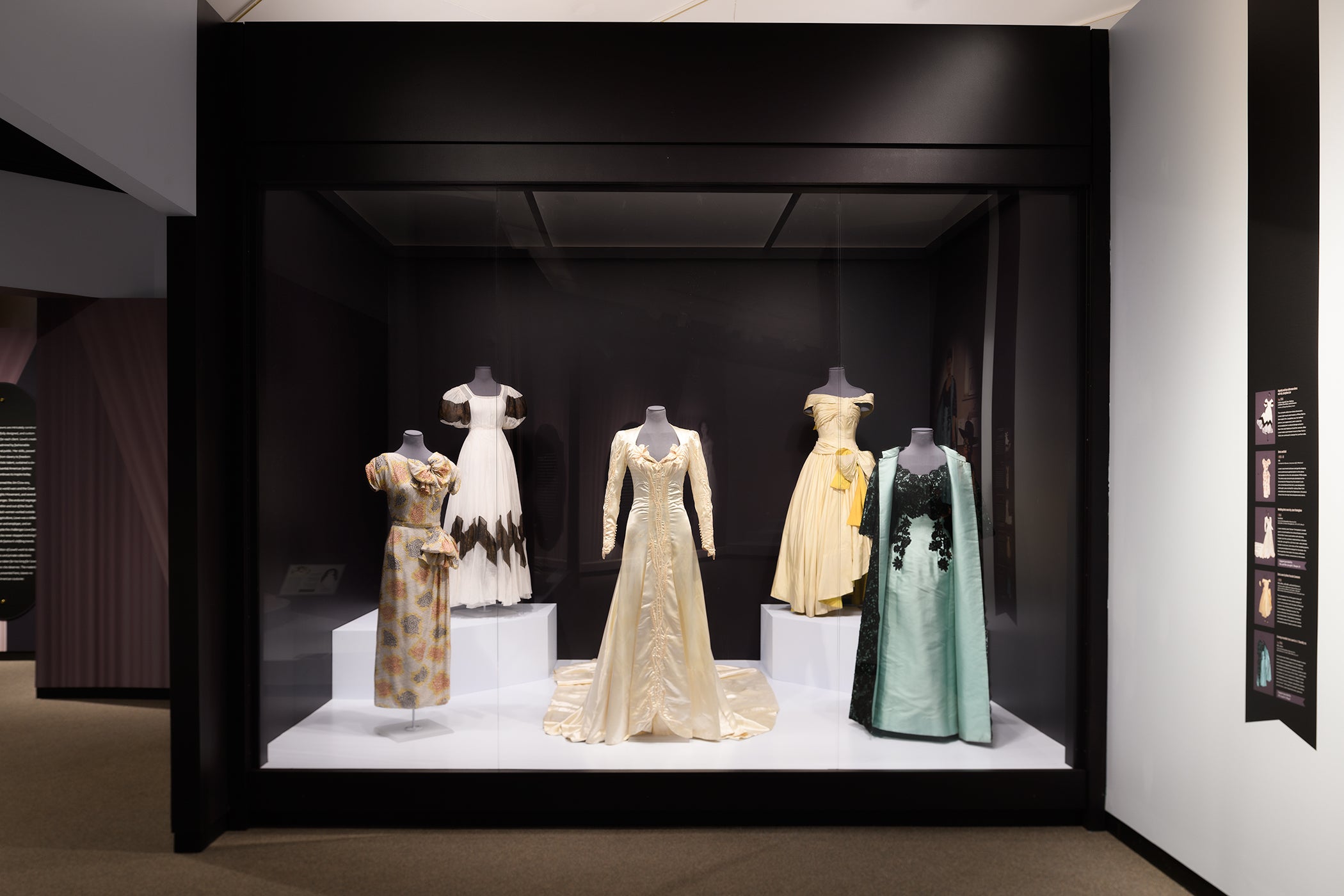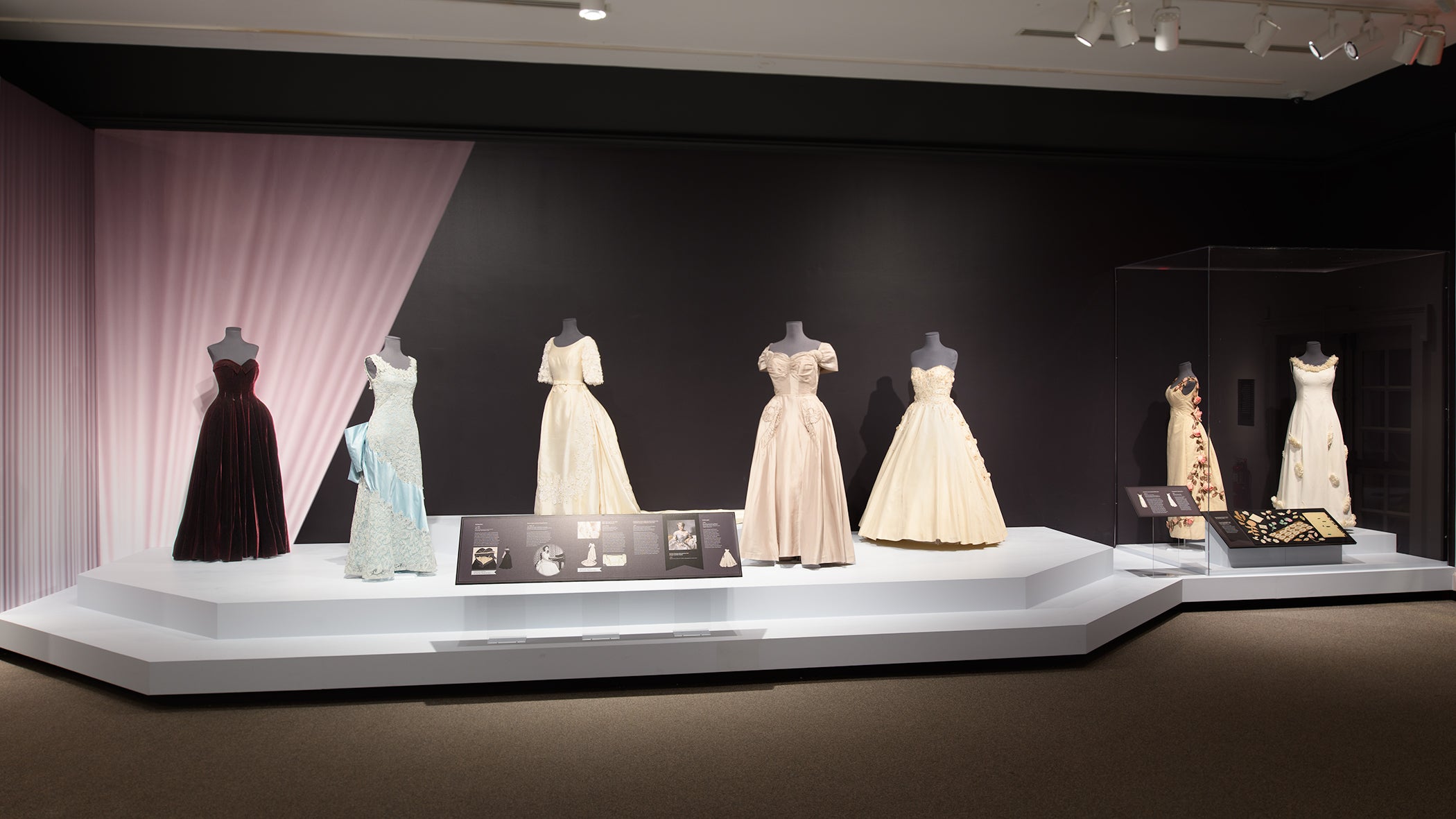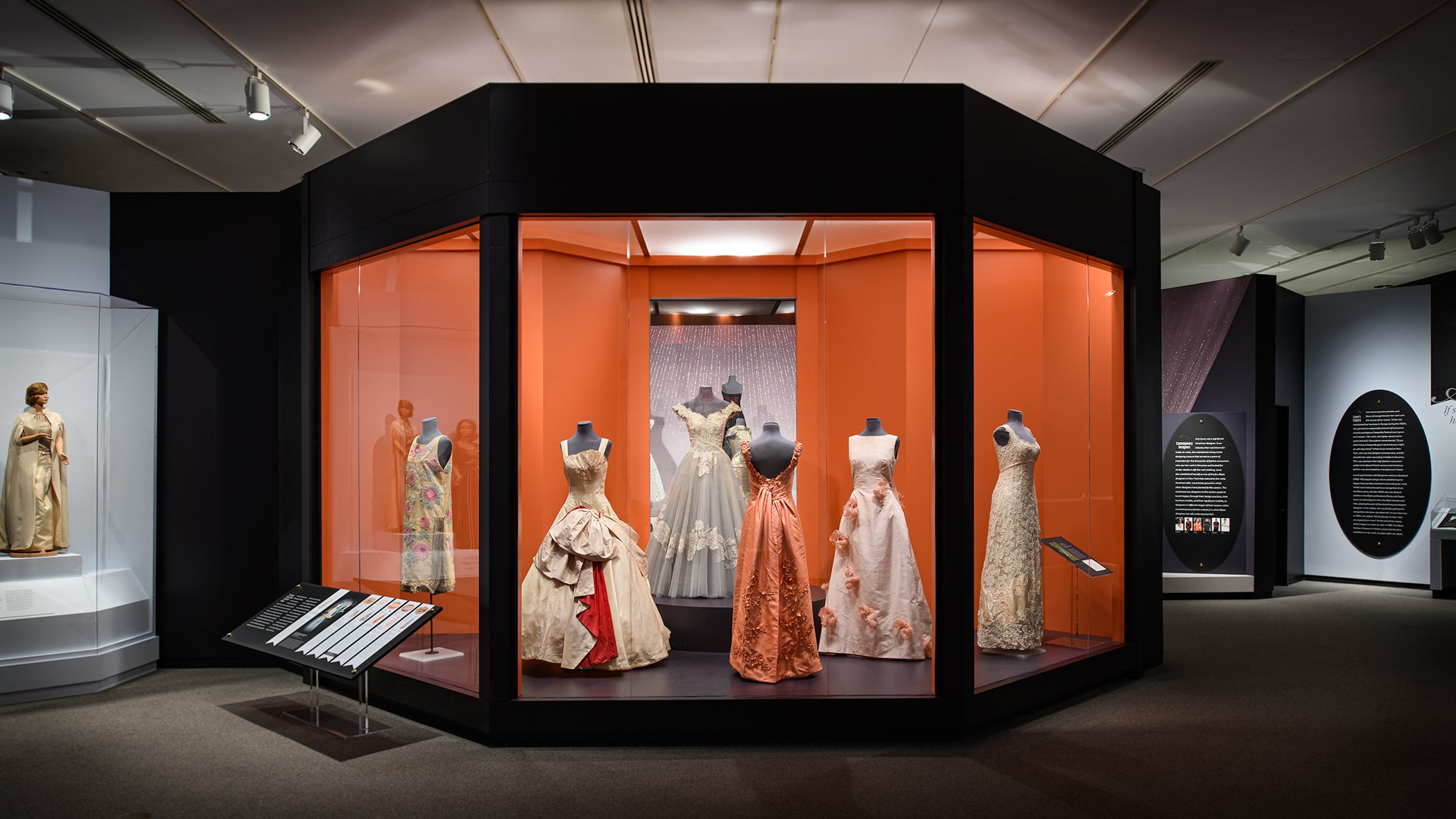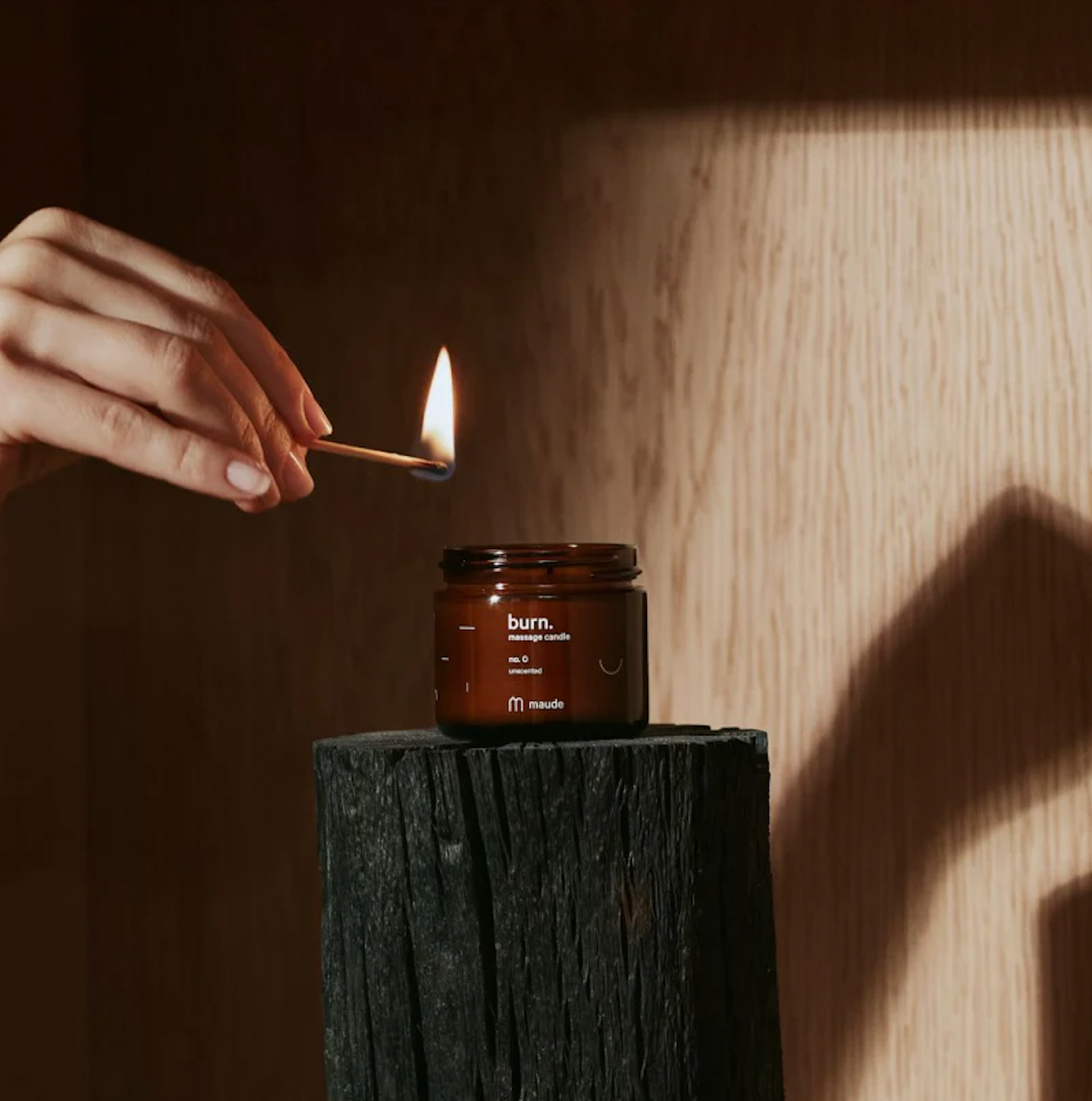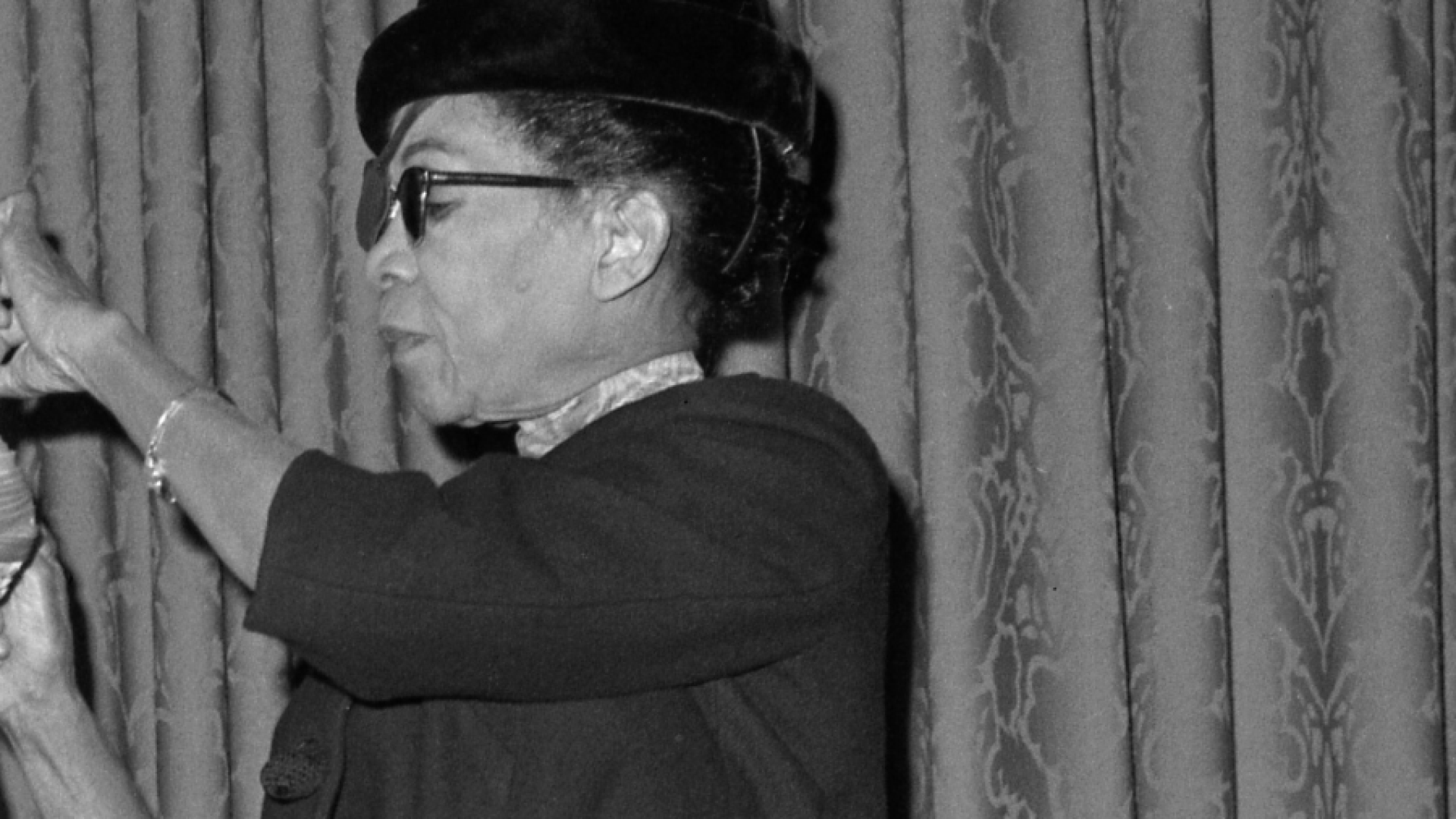
In September 1953, Ann Lowe found herself crying in her Harlem studio after a flooding accident ruined 10 of the 15 dresses commissioned by Janet Lee Bouvier Auchincloss for her daughter, Jacqueline’s wedding. Undeterred by the disaster, Lowe gathered a group of seamstresses she promised to pay overtime and toiled away to remake the intricately constructed designs in a matter of days. Jacqueline Lee Bouvier married then-Senator John F. Kennedy on September 12, 1953; she stunned the 800 guests in attendance in a stately ivory silk gown featuring a delicate portrait-neckline bustier that flowed into a voluminous skirt, embellished with large floral flounces and rows of hem pleats.
The Bouvier-Kennedy wedding was an auspicious occasion, and Lowe had gone above and beyond to earn the recognition. She not only took a loss on the commission to recreate the lost garments, but she also took it upon herself to hand-deliver the garments at the future First Lady’s house in Rhode Island—refusing to enter through the service entrance with great dignity. This was supposed to be her moment, too, with the anticipated press poised to propel her business forward. While Jacqueline Kennedy’s wedding gown became the talk of the nation, the mystery surrounding her dress designer loomed large as a writer from the Ladies’ Journal called her “a colored woman dressmaker.”
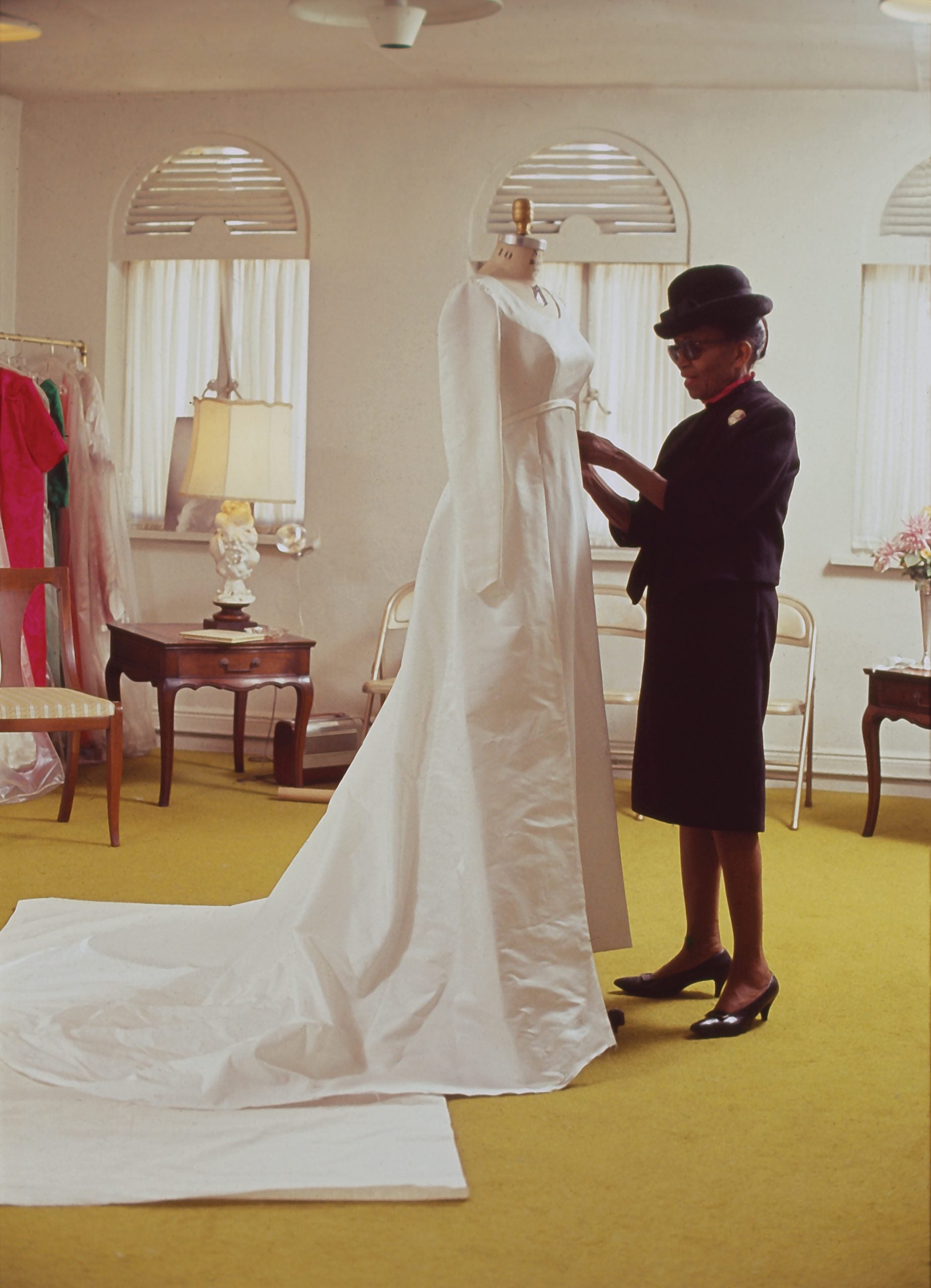
Yet long before this moment, Lowe’s name was well-known in notable social circles. Born to an enslaved grandmother in Clayton, Alabama, Lowe learned the craft from Georgia Thompkins (her grandmother) and Janie Cole (her mother), who ran a successful dressmaking shop in the early 1900s. In Montgomery Lowe’s grandmother and mother established themselves as the go-to designers of the Alabama elite. This was the era of debutante balls for which fantasy gowns employing couture techniques were de rigueur, and Lowe acquired these skills early on. At six years old, she remembers fashioning the remaining fabric scraps into flowers, an early precursor to her signature floral motifs as a couturier.
When her mother passed away in 1914 when Lowe was 16, the teenage apprentice fulfilled an order for four ball gowns for the First Lady of Alabama. She also took over the family business and that same year she briefly studied dressmaking in New York. She later relocated to Tampa where she continued designing. It didn’t take long for Lowe to accumulate an upscale clientèle comprised of Southern society women and high-profile debutantes. Her virtuosity took her from Alabama to Florida and New York, then back to Alabama before she permanently settled in Harlem–by 1927 she began her ascent as a couturier.
According to Vogue, by the early 1950s, Lowe opened her own boutique on Madison Avenue. During this time she began dressing the dignified society women of the Upper East Side. Bridal and formalwear became her specialty, and Lowe designed at the highest level. From a voluminous beige silk taffeta gown detailed with rose appliqués and sequins to a flapper-inspired dress embellished with glass beads and rhinestones, Lowe’s gowns illustrate an understanding of beauty and a mastery of construction. She also kept her clients and their pursuits in mind throughout the process. A sleeveless blue concert dress for Elizabeth Mance was covered in lace and rhinestones for maximum visual impact and featured a diagonal strip of satin to gently bend as Mance sat to play the piano. Elsewhere, a strapless purple hourglass gown boasted a built-in bra and an intricate composite of boning, waist tapes and contoured seaming to sit effortlessly on the body. With deft strokes of her needle and thread, Lowe brought out the best of her clients. As one “ex-debutante” told The Saturday Evening Post in 1964, “I was no beauty when I was eighteen … but when I put on my Ann Lowe dress, I felt I owned the world.”
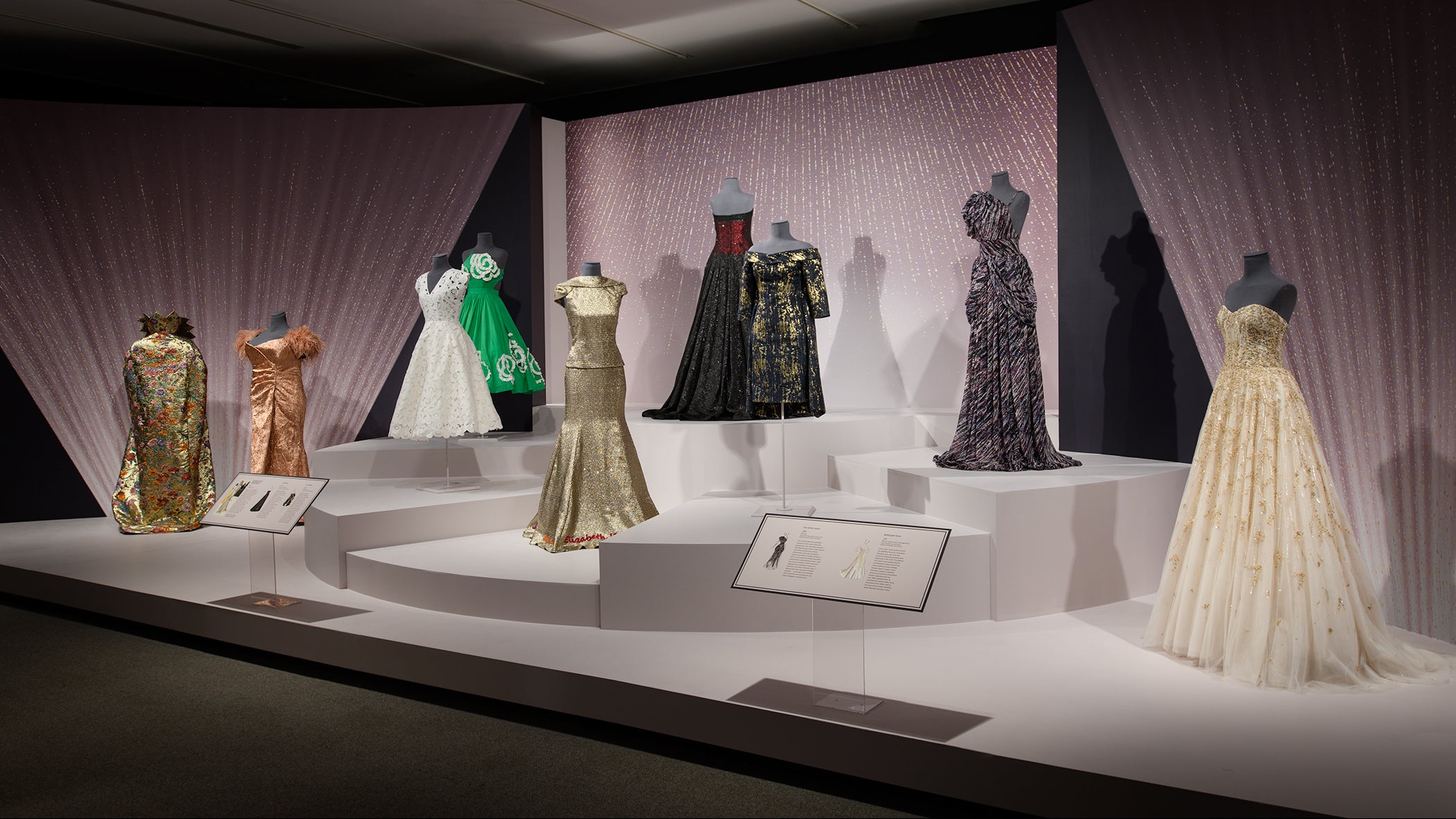

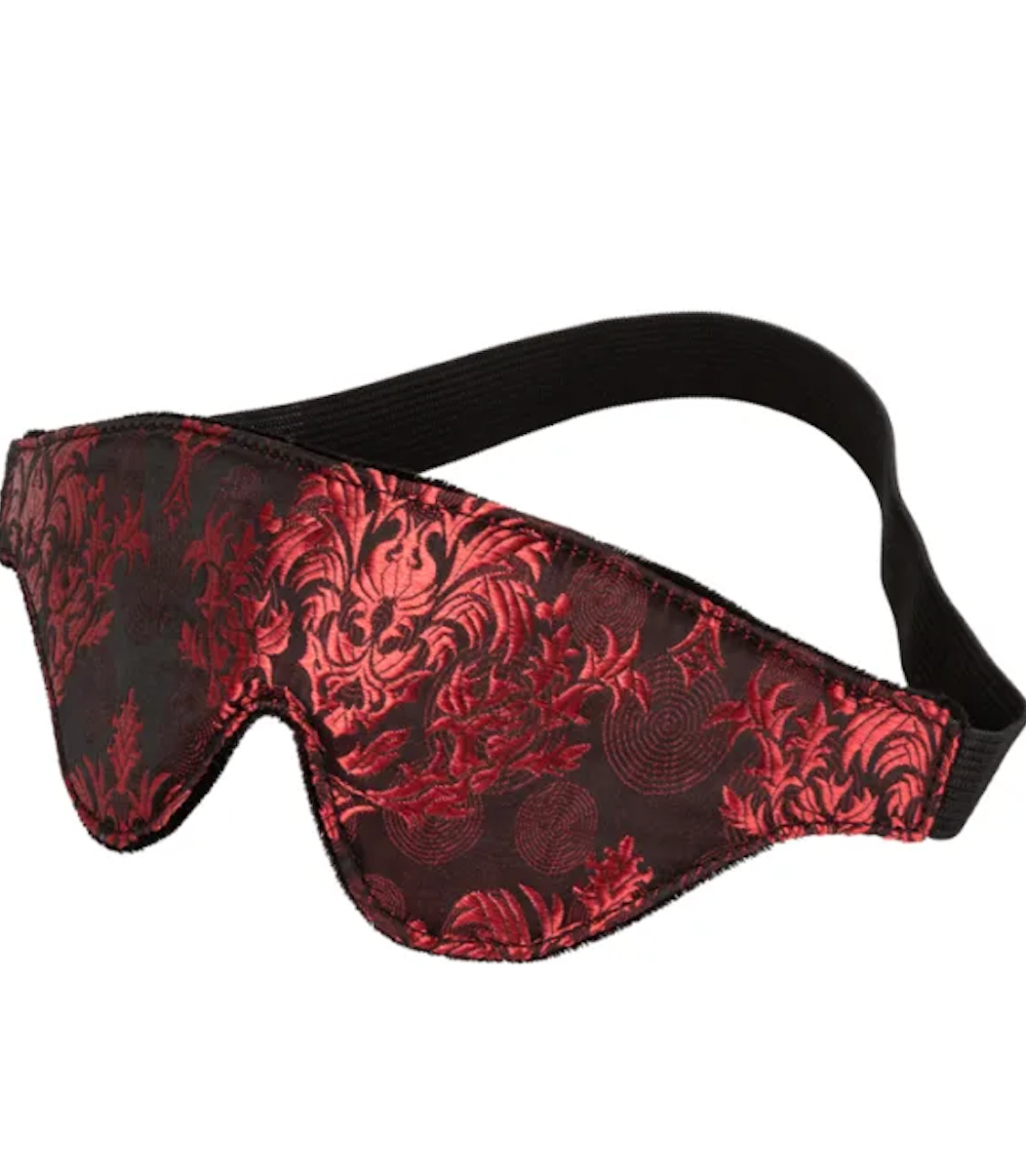
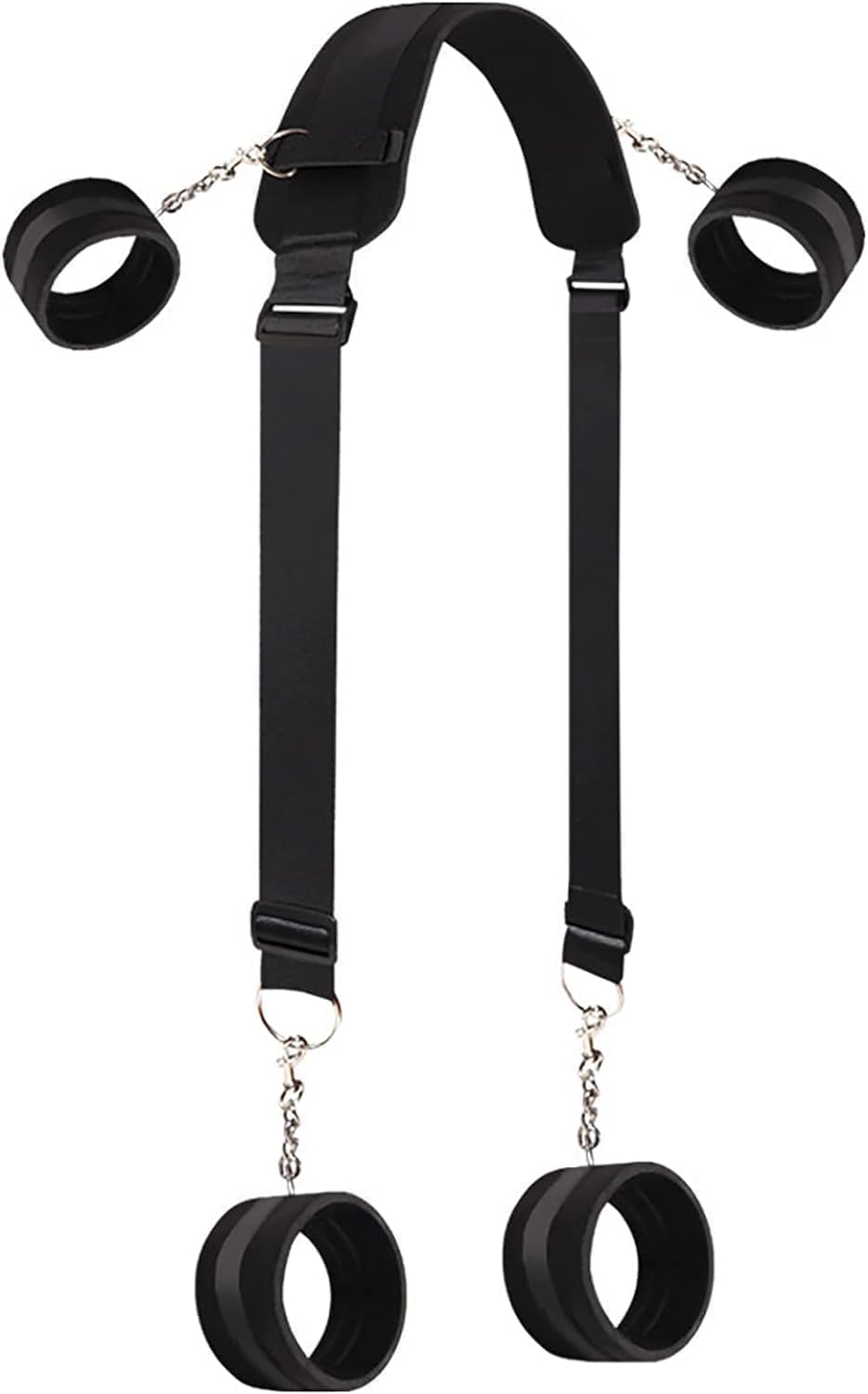
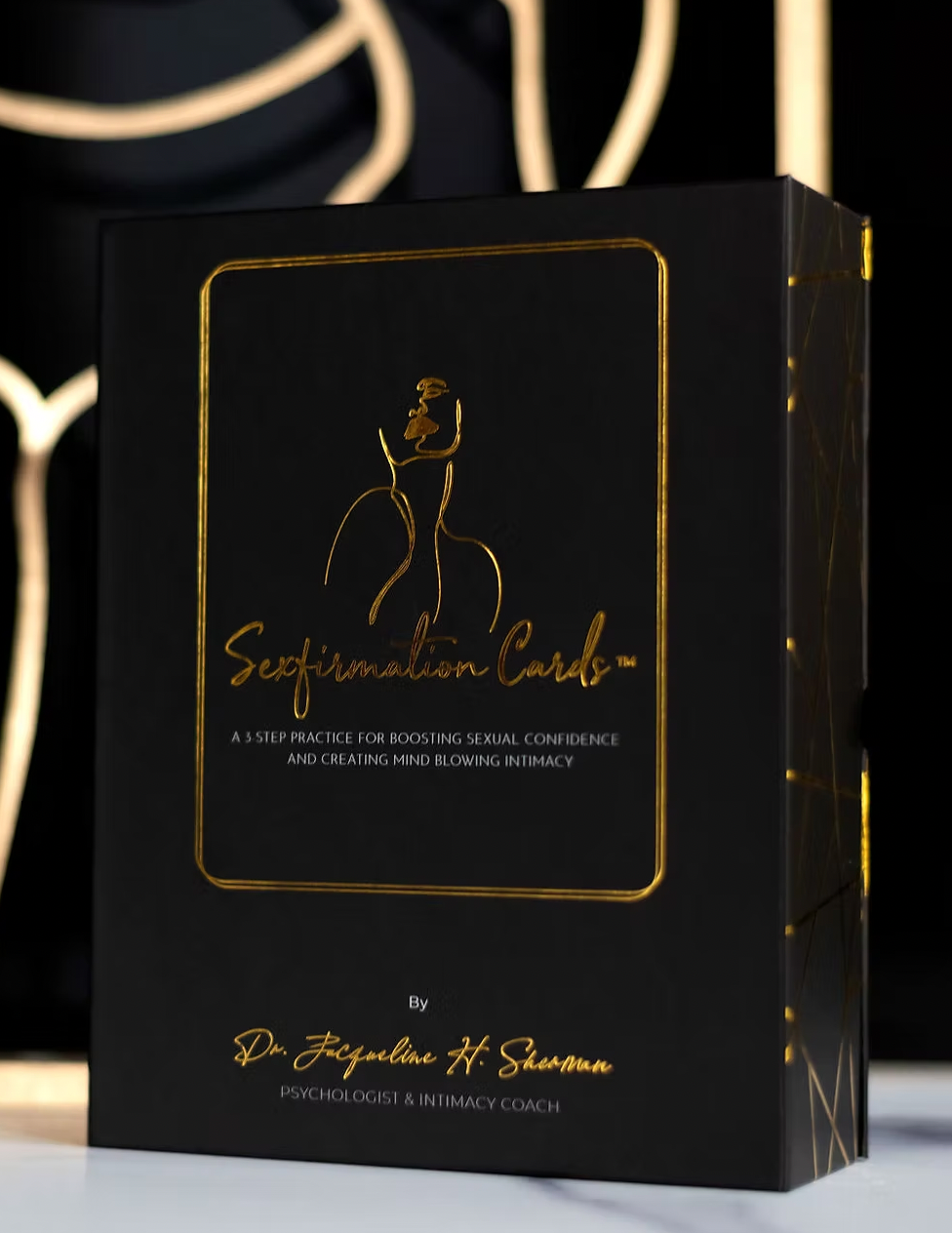



Lowe belongs to the lineage of Black women dressmakers (a large number of them still unknown) who have designed pivotal dresses and gowns for America’s highest society since the 1800s. This includes Lowe’s grandmother and Elizabeth Keckley, an enslaved seamstress who used her skills (passed down from her mother) to buy her freedom and become First Lady Mary Todd Lincoln’s dressmaker. Dressmaking may be a respected profession today, but it was once an occupation imposed on enslaved Black women who used it to negotiate their freedom and earn respect from their wealthy white clients. As fashion curator Elizabeth Way told The New Yorker, “A dressmaker, in some senses, is a body servant. She works on her knees.”
The designation “haute couture designer” would have been more befitting for Ann Lowe even though she spent many years as an unsung and uncredited talent. “Ann Lowe is creating art. If she had lived in France, she’d have been as well known as Chanel or Dior,” textile importer Arthur Dages told The Saturday Evening Post in 1964. It is no wonder that Christian Dior was an admirer of her work. They both shared a passion for making women beautiful.
The “Ann Lowe: American Couturier” exhibit is currently at the Winterthur Museum in Winterthur, Delaware until January 7, 2024.
